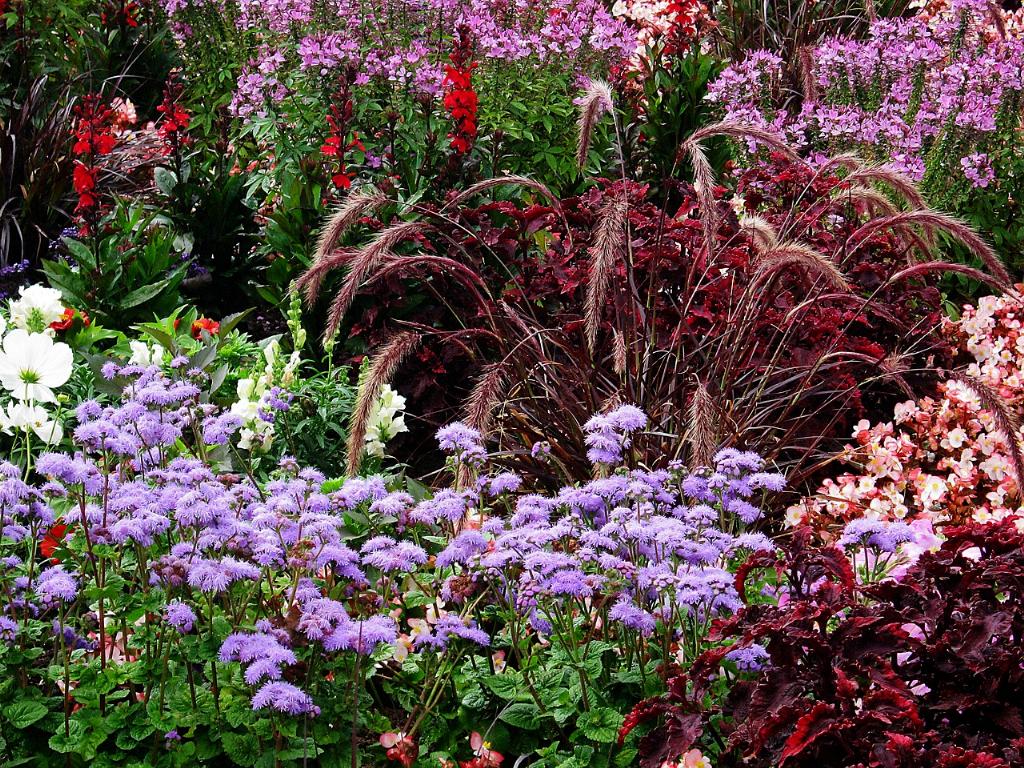When it comes to Phlox, there’s often a common question that arises among gardeners and nature enthusiasts alike: Is Phlox invasive? Let’s explore this topic in detail to shed light on the growth habits and characteristics of this beautiful flowering plant.
Understanding Phlox Spread
Phlox, known for its vibrant blooms and delicate fragrance, has a unique way of spreading in a garden or natural setting. While Phlox does spread, it is important to note that it is not considered invasive in the traditional sense. Unlike some invasive species that can quickly take over an area and outcompete native plants, Phlox tends to spread modestly, making it a great addition to your garden.
The Joy of Sharing Phlox
One of the charming aspects of growing Phlox is the ability to share this plant with friends and fellow gardening enthusiasts. Its moderate spreading nature allows you to divide and pass along Phlox to others, creating a sense of community and camaraderie among gardeners.
Beneficial for Pollinators
Aside from its visual appeal, Phlox also plays a vital role in supporting pollinators such as hummingbirds and butterflies. The nectar-rich flowers of Phlox attract these winged visitors, contributing to the overall biodiversity and health of your garden ecosystem.
Striking a Balance
As with any plant in your garden, it’s essential to strike a balance between allowing Phlox to spread and controlling its growth. Regular pruning and maintenance can help prevent Phlox from overtaking other plant species while still allowing it to thrive and bring beauty to your outdoor space.
Native vs. Invasive Plants
It’s important to distinguish between native plants, non-invasive introduced plants, and invasive species when considering the impact of a plant like Phlox. Native plants play a crucial role in local ecosystems, while invasive species can threaten biodiversity. Phlox falls into the category of a non-invasive introduced plant that can coexist harmoniously with native flora.
The Role of Gardening Practices
Your gardening practices play a significant role in managing the spread of Phlox and other plants in your garden. By practicing responsible gardening techniques such as mulching, proper watering, and regular monitoring, you can ensure that Phlox remains a beneficial and well-behaved addition to your outdoor space.
Embracing the Beauty of Phlox
Despite its spreading tendencies, Phlox’s beauty and versatility make it a popular choice for gardeners looking to add a touch of color and fragrance to their landscapes. Embracing the unique characteristics of Phlox can enhance the overall aesthetic appeal of your garden while supporting local pollinators.
Community and Sharing in Gardening
The practice of sharing plants like Phlox with others fosters a sense of community and connection among gardeners. By exchanging gardening tips, plant cuttings, and experiences, you can cultivate a shared appreciation for nature and the joy of nurturing plant life.
Conclusion: Phlox as a Valuable Addition
In conclusion, while Phlox does spread, it is not considered invasive in the negative sense of the term. Its moderate growth habit, coupled with its attractiveness to pollinators and ease of sharing, makes Phlox a valuable addition to any garden. By understanding and appreciating the unique characteristics of Phlox, you can enjoy its beauty while maintaining a well-balanced and thriving garden ecosystem.

